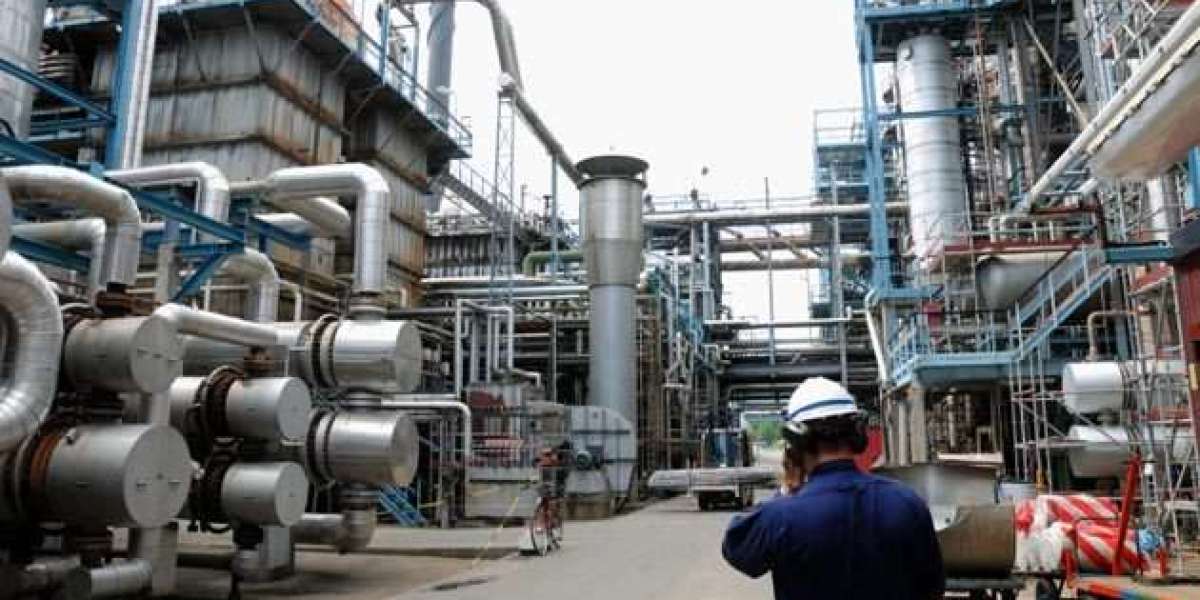In the world of industrial plant services, troubleshooting is an indispensable skill that ensures the smooth operation of complex machinery and processes. Whether it's a manufacturing facility, a power plant, or a refinery, the ability to quickly identify and resolve issues is crucial for minimizing downtime, reducing costs, and maintaining safety standards. This article explores the art of troubleshooting in industrial plant services, highlighting the key principles and techniques that professionals employ to keep the wheels of industry turning.
Understanding the Systems
Before diving into the specifics of troubleshooting, it's essential to have a strong foundation in understanding the systems at play. Industrial plants are intricate networks of machinery, control systems, and processes, and a thorough knowledge of these systems is paramount. This involves studying schematics, manuals, and having a deep understanding of the plant's layout. Knowing how different components interact is the key to pinpointing the source of a problem accurately.
Identifying the Problem: The Diagnostic Process
Troubleshooting begins with identifying the problem. This may seem obvious, but sometimes symptoms can be deceptive, leading to misdiagnoses and costly delays. The diagnostic process involves careful observation and data collection. Operators and technicians should be trained to spot irregularities in operation, monitor gauges, and record relevant information. With the help of instrumentation and sensors, data analytics can play a significant role in this phase, helping to highlight patterns and anomalies.
Data-Driven Decision Making
In the realm of troubleshooting, data is king. Once you've collected data about the issue, the next step is to analyze it thoroughly. This is where modern industrial plants have an advantage, as data analytics and machine learning tools can help identify trends and anomalies that might not be immediately evident to human operators. Strong data analysis tools can provide valuable insights and lead to faster, more accurate diagnoses.
Root Cause Analysis
Finding a quick fix may temporarily resolve an issue, but the problem is likely to resurface unless you address its root cause. Root cause analysis is the process of digging deep into the system to identify the underlying factors that led to the problem. This often involves asking "why" multiple times to trace the issue back to its origins. A systematic approach to root cause analysis can prevent recurring problems and improve overall plant reliability.
Collaboration and Communication
Troubleshooting in industrial plant services is rarely a one-person job. It often requires collaboration among different teams, including operations, maintenance, engineering, and management. Effective communication is vital to ensure that everyone involved is on the same page. Moreover, experienced professionals often rely on the wisdom of their colleagues, learning from their past experiences and insights.
Safety First
Safety should be a primary consideration in troubleshooting. Industrial plants can be hazardous environments, and working on malfunctioning equipment can be particularly risky. Professionals in the field must be well-versed in safety protocols and procedures. Additionally, troubleshooting activities should be carried out in a way that minimizes the potential for accidents or injuries.
Continuous Learning and Adaptation
The world of industrial plant services is continually evolving. New technologies, regulations, and equipment are introduced regularly. Troubleshooters must be committed to lifelong learning and adapting to these changes. Staying up to date with the latest developments in the industry can make a significant difference in their troubleshooting capabilities.
Conclusion
Troubleshooting in industrial plant services is an art that combines technical knowledge, analytical skills, and effective communication. It is the bedrock of keeping industrial processes running smoothly and efficiently. A strong foundation in system understanding, data-driven decision-making, and root cause analysis are critical elements in the troubleshooting process. Collaboration and a focus on safety ensure that troubleshooting is carried out effectively and without harm to personnel. In a world where industries are constantly evolving, continuous learning and adaptation are essential to mastering the art of troubleshooting in industrial plant services.







